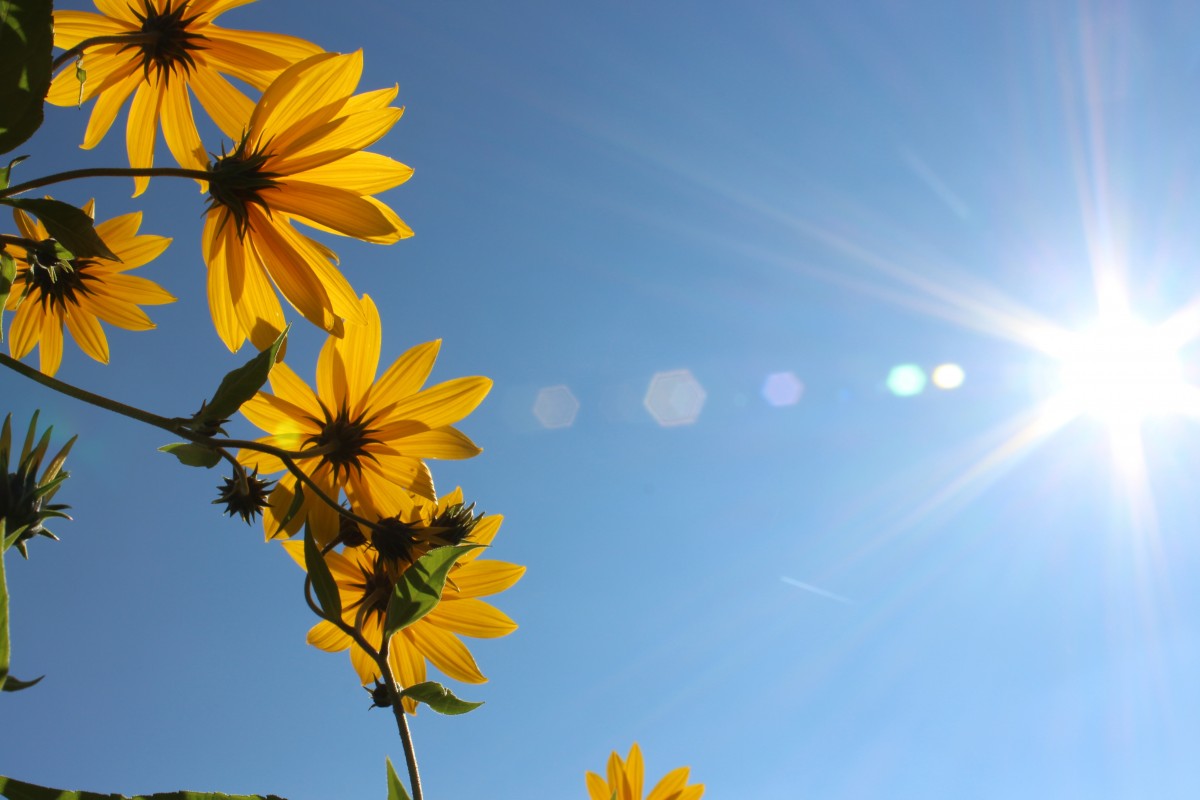photons are like potatoes. one potato, two potatoes, 3 potatoes, 4.
you count them individually.
the sun is a stronger source than a diode, everybody knows that.
but we are illuminating a target. so source strength does not matter as long as the same amount of light is hitting the target.
the par meter is saying that 200 umols is 200 umols, regardless of the source.
in horticulture measurement at the source is a luminaire comparison tool, not a measurement of what the plant is getting.
you can put a 400 watt hps on a plant at close range and get the same reading with a 1000 watt hps further away.
the par sensor measures the flow of photons at a particular point.
i can get a reading of 2000 umols outdoors on a bright day and i can get a reading of 2000 umols with that humongous light i showed above.
which 2000 umols is stronger?
neither
we could take 3 different light sources at different power levels and measure them all at a specific range.
say 1 foot. yes indeed, we get 3 different readings.
but if you light a plant with them, adjusting them individually, some close, some farther, you can get the same reading on a spot on the plant.
you count them individually.
the sun is a stronger source than a diode, everybody knows that.
but we are illuminating a target. so source strength does not matter as long as the same amount of light is hitting the target.
the par meter is saying that 200 umols is 200 umols, regardless of the source.
in horticulture measurement at the source is a luminaire comparison tool, not a measurement of what the plant is getting.
you can put a 400 watt hps on a plant at close range and get the same reading with a 1000 watt hps further away.
the par sensor measures the flow of photons at a particular point.
i can get a reading of 2000 umols outdoors on a bright day and i can get a reading of 2000 umols with that humongous light i showed above.
which 2000 umols is stronger?
neither
we could take 3 different light sources at different power levels and measure them all at a specific range.
say 1 foot. yes indeed, we get 3 different readings.
but if you light a plant with them, adjusting them individually, some close, some farther, you can get the same reading on a spot on the plant.




